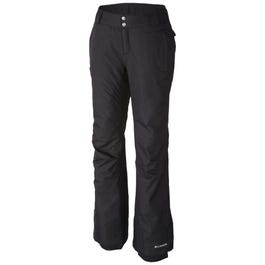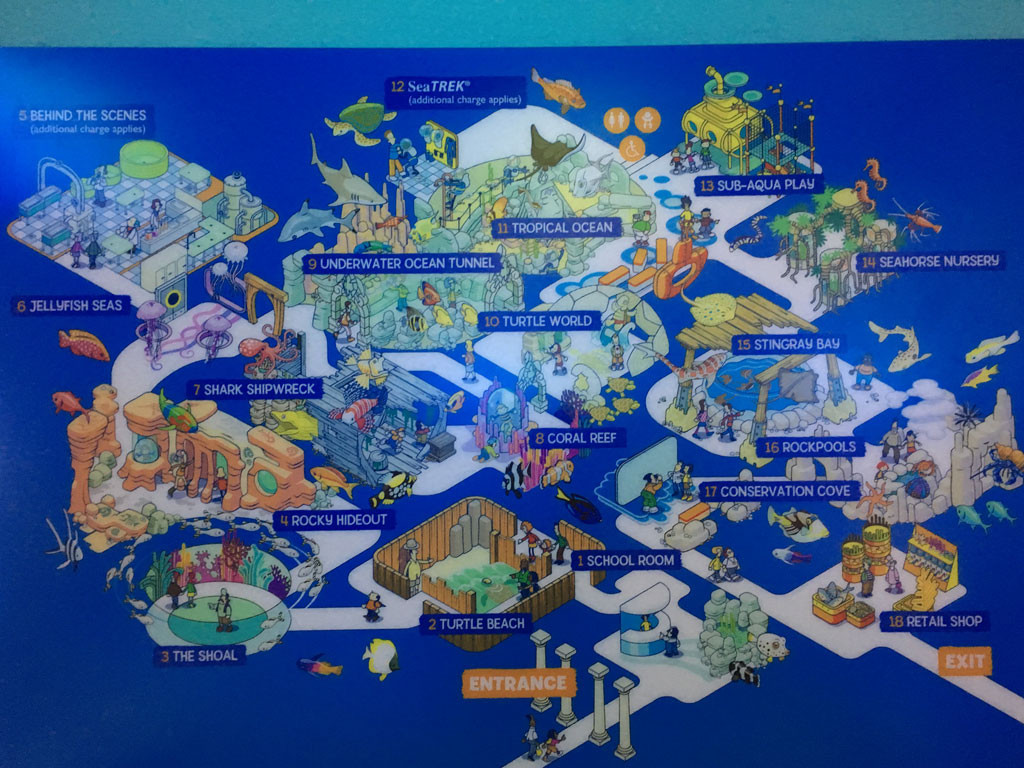
You want a jacket that is warm, durable, windproof, and waterproof if you are looking for a ski jacket. A reputable manufacturer will make a quality jacket that is suitable for both beginners and seasoned skiers. These manufacturers stand behind their product and will help with any warranty concerns.
Although ski jackets that are insulated are heavier than softshells, these jackets are more breathable than the latter and offer superior protection from the elements. A jacket made of synthetic insulation will perform well in cold temperatures. The jacket's moisture-wicking properties will keep you dry during rainy weather. Also, ensure that the jacket is compatible with helmets by making sure it has a helmet-compatible wrist gaiter, hood, and pit zips.
The REI Co-op Powderbound, a ski jacket for under $100, is packed with features. The shell is made from Peak waterproof material and the sleeves are lined with 60g of synthetic insulation. You can also get the jacket in tall sizes. There is an interior stash pockets, a goggle wipe, and a removable dust skirt.

The Arc'teryx Sabre AR was designed for men and is a great choice for skiers who want warmth and dryness. This jacket comes with a chin protector, a waist belt and a tuck away powder skirt. It's also water-resistant and breathable thanks to the 70-denier nylon fabric. Finally, the jacket has PrimaLoft Infinity insulation which is lightweight but breathable.
Arc'teryx SentinelAR, another option for backcountry skiing is also available. Men can wear this jacket, which has a powder skirt, a chin guard, and internal stretch wrist gaiters with a thumbhole. It is also breathable with underarm vents.
Some jackets with higher-end features include graphene insulation. It is a novel material that provides windproofing and durability. Graphene is a mixture of tiny carbon atoms. The fabric is infused with graphene using a process known as graphene.
Patagonia's Insulated Powder Town Jacket has a soft taffeta liner and is waterproof. The sleeves and chest of the ski jacket are lined with 80 grams recycled insulation. But it has its faults. It's not as windproof than other insulated jackets. It is a little too flexible and the sleeves don't have enough tape. It also comes with YKK aquaguard zippers that can feel cold against your skin.

You can also find the Norrona Roldal Gore-Tex Insulated Jacket, which is elegant and sleek. The jacket is made of 100 grams PrimaLoft Black eco synthetic polyester fibers and has a breathable and water-resistant YKK Zipper. It has a helmet-compatible lining and adjustable hood.
It doesn't matter which jacket you choose; you want a design that fits your needs. Look for a jacket that features an adjustable hood and pit zips.
FAQ
How much luggage should you take?
The length of the trip will affect how much luggage that you can take. If you are flying, your hand luggage is limited to less than 20kg. If you are traveling by plane, you only need hand baggage, usually less than 20kg.
An airport form with information regarding your flight will be handed to you upon arrival. This will include information like the weight of your bag and whether you need assistance in checking them in.
This must be done before you leave your home. If you don’t check it, you might end up waiting hours for everyone else to do so.
It is best to travel light because you never know what might happen. For instance, if your bag is lost or stolen, you won’t have any clothes.
What can I pack in my suitcase?
Two pairs of shoes is a good rule of thumb. One pair for walking around the city and another pair for going on vacation.
You should also make sure you have enough clothes for both situations. If you are traveling by plane, you need to make sure you have an extra shirt, pants, underwear, and socks.
If you're planning on staying somewhere longer, you might want to think about bringing along a few changes of clothing. You won't feel awkward when you shop for new clothes.
Comfortable shoes will be required if you plan to take a train or bus. Also, if driving, bring extra tires.
You should also pack lots of toiletries including shampoo, toothpaste as well as moisturizer and deodorant.
Finally, don't forget a flashlight, insect repellents, sunscreen, sunglasses, a hat and a first-aid kit.
Do not forget to pack all your essentials in one bag. It will help you save both time & space.
Last but not least, make sure to bring a small towel & washcloth. You'll be able to use them when you take a shower after a long day.
How do I travel light?
When packing for a trip, there is no right or wrong answer. These tips will help guide you in choosing what to bring on your trip.
-
Only bring what is necessary.
-
Pack only what you'll actually wear.
-
Avoid buying too many things.
-
Be sure to have plenty of space in your suitcase
-
Always make sure you have everything you need.
-
Enjoy free storage
-
Reusable water bottles can be used instead of buying bottled.
-
A backpack is better than a luggage.
-
When possible, walk or cycle instead of taking public transport.
-
Select the right bag size
-
Avoid carrying bulky items.
-
Prepare for anything.
-
Don't leave anything behind
What should you take on vacation?
It's important to decide what you want for your holiday. It's not just about packing clothes. You also need to consider where you are going and how long you are staying there.
It is important to consider what kind of activities you want to engage in. You might want to go scuba diving if your destination is exotic. If you are planning to stay somewhere longer, then you might want to take part in local festivals or events.
If you have any health issues, then it is important that you tell the people who will be looking after you so they can plan accordingly.
Statistics
- They're also likely to offer babysitting services, in case you'd like to have dinner one night after 7 p.m. (travelandleisure.com)
- According to Maori legends, this park holds 14 fjords that were all carved by a giant stonemason with an adze. (busytourist.com)
- Between the ages of 11 and 13, kids, or tweens, will likely want some autonomy but also need boundaries. (travelandleisure.com)
- That's an 18% jump from 2019, the previous record year. (travelandleisure.com)
- Case in point: the private island of Ilha Caldeira, less than seven miles off the coast as part of the Primeiras and Segundas Archipelago, is located within the marine-protected area with 20 percent of the country's intact living coral. (travelandleisure.com)
External Links
How To
How to plan for your next vacation
Booking flights, hotels, car rental, and activities are just a few of the many aspects involved in planning a trip. It involves important considerations like your budget, destination choice, weather forecast, etc.
These are important points to remember when planning your next vacation.
To ensure you get everything right, we have created a step-by-step guide to help you plan your next vacation. This guide was compiled based upon customer feedback and experience. We hope that you will find the following guide useful in planning your next vacation.
Steps:
-
Your Budget is an important step in planning your trip. Before you begin planning for your trip, you need to know how much money it is you are willing and able to spend. If you don’t have enough money, it might be necessary to cancel your trip.
-
Book Your Flights - After determining your budget, the first thing you should do is book your tickets. Make sure you choose the best flight deal available at the lowest price. Check to see if there are any seasonal specials offered by airlines. These deals may save you money.
-
You can choose your destination - Once you have purchased your ticket, you need to decide where you would like to go. Multiple factors will play a role in choosing the destination you choose, such as location (wherever you are), climate (what season), culture (how friendly and affordable it is), cost (how affordable it can be) and cost.
-
Locate Accommodations – After you've chosen your destination, you need to locate accommodations. You have many accommodation options, from hostels and luxury suites to choose from. The type of accommodation you choose will depend on your preferences and needs. If you need to be near the city center, a hotel may not suit your needs. You may prefer quieter areas away from the crowds and a homestay could be better suited for your needs.
-
Select Activities & Attractions: Now that you have selected your accommodation, it is time to decide which activities and attractions to include in the itinerary. You can choose to include only certain activities depending on how long you stay. Or, add multiple new activities throughout the trip.
-
Determine your schedule - After you've chosen the attractions and activities that you would like to include in your itinerary, it's now time to create it. To achieve maximum value from your trip, you should stick to a fixed schedule. It's okay to be flexible and enjoy your vacation more.
-
Create Itinerary - Creating an itinerary includes all the information about your trip. It is important to write down everything you need, from accommodation to meals, to activities to restaurants, and to create a list.
-
Research Online - Before leaving for your trip, research online so you won't miss anything. Find out what other travelers have to say about different destinations by reading reviews and testimonials. This will allow you to plan your trip accordingly.
-
Pack Lightly - One of the biggest mistakes people make when packing is bringing too many clothes. Instead of bringing five sets of clothes, bring three. Make sure you bring clothes that are appropriate for the area.
-
Be prepared. Be prepared before you set off on your trip. You don't want your trip to be ruined by searching for vital documents while you're in transit.